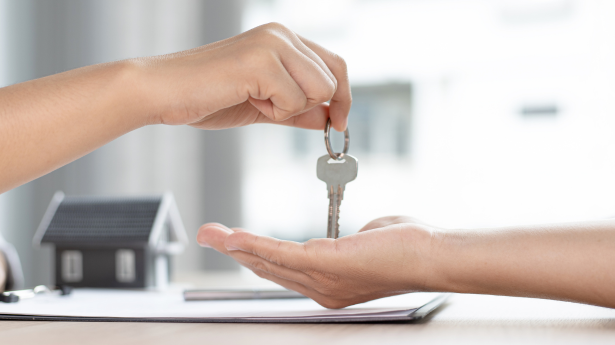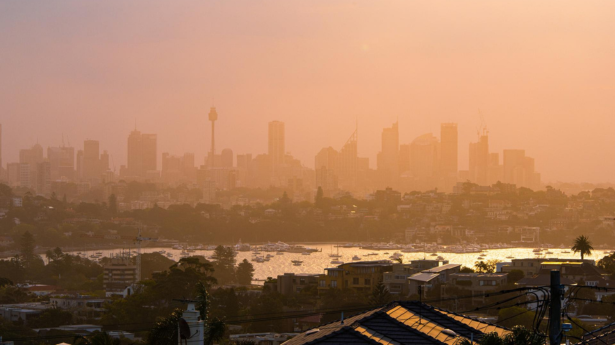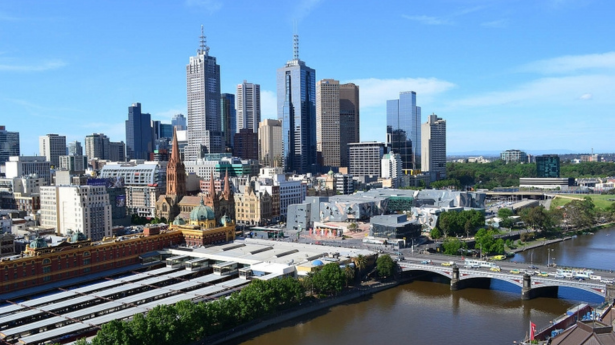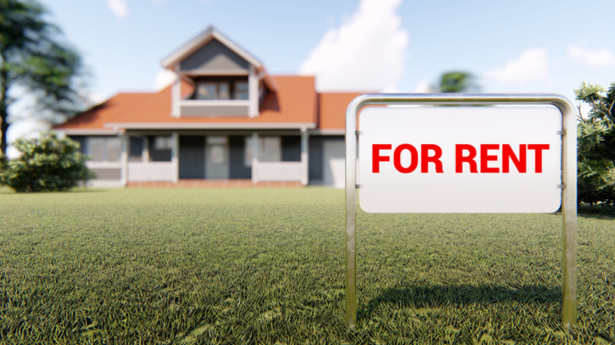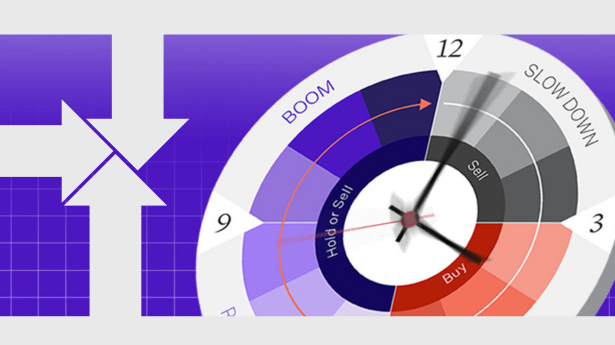From October 1, 2025, Australia’s First Home Guarantee will let qualified buyers purchase a home with just a 5% deposit, a change that could dramatically shorten the time many Australians spend saving for a deposit. This post explains exactly what the 5% deposit October 1 Australia change means, who can use it, how much you might save (real-world examples), the risks critics warn about, and a clear step-by-step checklist to prepare and apply. By the end you’ll know whether you’re likely to qualify and the practical next steps to take.
What changes on Oct 1, 2025?
On 1 October 2025 the government will expand the Home/to make 5% deposits more widely available. Key changes announced include: removal of the annual cap on places (previously 35,000 places), removal of income limits for many applicants, and higher/adjusted property price caps in major markets, meaning more suburbs and types of homes are eligible. The Regional First Home Buyer Guarantee will be folded into the main First Home Guarantee to simplify access. These policy changes were fast-tracked and confirmed by official announcements from the Prime Minister’s office and Housing Australia.
Why this matters: buyers who meet eligibility (and have the 5% deposit) will not need to pay Lenders’ Mortgage Insurance (LMI) because the government guarantees a portion of the loan, lowering upfront costs and potentially improving cashflow for moving costs, stamp duty strategies and immediate housing needs.
Who qualifies and what will it save you?
Who qualifies (high level):
- First-home buyers (no property ownership in ~10 years, per scheme rules).
- Applicants must have saved at least a 5% deposit of the property value and meet lender credit/servicing criteria (banks still assess affordability).
- From Oct 1, income caps and annual place caps are significantly relaxed or removed for the First Home Guarantee (confirm specifics with Housing Australia or your lender).

Potential savings — example calculations:
- Example A — $700,000 property:
- 20% deposit = $140,000 (traditional route)
- 5% deposit = $35,000 → borrower saves $105,000 in upfront deposit required.
- LMI avoidance: Lenders Mortgage Insurance on a 95% LVR on a $700k loan could cost ~$15,000–$25,000 (varies by lender). Using the guarantee avoids LMI, adding to savings. (Exact LMI estimates vary by lender) Google Trends+1
Data & market context (short): independent analysts and major outlets note the change will increase the pool of eligible buyers and could increase demand in some markets which is why commentators warn it may push prices up if supply doesn’t expand. Expect higher competition in affordable suburbs and for entry-level stock. (See analysis from ABC / The Guardian).

Pros, cons & common FAQs
Pros
- Faster path to ownership for many buyers: major reduction in deposit required.
- Avoid LMI for eligible borrowers – potentially thousands in savings.
- Broader access: higher property price caps and no annual cap increases options.
Cons / concerns
- Critics warn the scheme may lift prices by increasing demand without addressing supply; economists flagged the risk of inflating prices and exposing taxpayers if loans default.
- Small deposits can increase vulnerability to interest-rate rises and market downturns – make sure you have sufficient buffer/savings beyond the deposit.
- You still need lender approval – credit history, servicing capacity and genuine savings will be checked.
Common questions
- Will I automatically avoid LMI? Not automatically, if you’re approved under the Guarantee, lenders won’t charge LMI for the guaranteed portion. Confirm with your lender.
- Does this apply to investment properties? No, the scheme is aimed at first-home buyers (check scheme rules for specific eligibility).
- Are there property price caps? Yes, price caps are being increased but can still vary by city/region; check the official Housing Australia pages for threshold lists.
How to prepare: a 7-step checklist
- Confirm eligibility — check Housing Australia / your lender for scheme criteria.
- Save the 5% deposit + buffer — aim to have additional 3–6 months living costs as buffer.
- Get pre-approval — speak to participating lenders (banks/credit unions) for a pre-approval under the guarantee.
- Gather documents — ID, proof of savings, payslips, tax returns, rental history.
- Check local property price caps — confirm the maximum eligible price for your city/suburb.
- Compare lenders — different lenders have different serviceability and fee structures even under the guarantee.
- Plan post-settlement costs — moving, utilities, rates, and ~3–6 months mortgage buffer.
Conclusion
The 5% deposit October 1 Australia change is a major, time-sensitive opportunity for first-home buyers: it lowers the upfront money needed and removes several prior caps. However, it’s not a plug-and-play solution, you still need lender approval, a financial buffer, and a plan for the risks critics highlight. If you’re a first-home buyer, start by checking your eligibility with Housing Australia and getting a pre-approval from a participating lender and if you want, book a free call with us to review your options.
—————————————————————————————————————————–
External Links:

